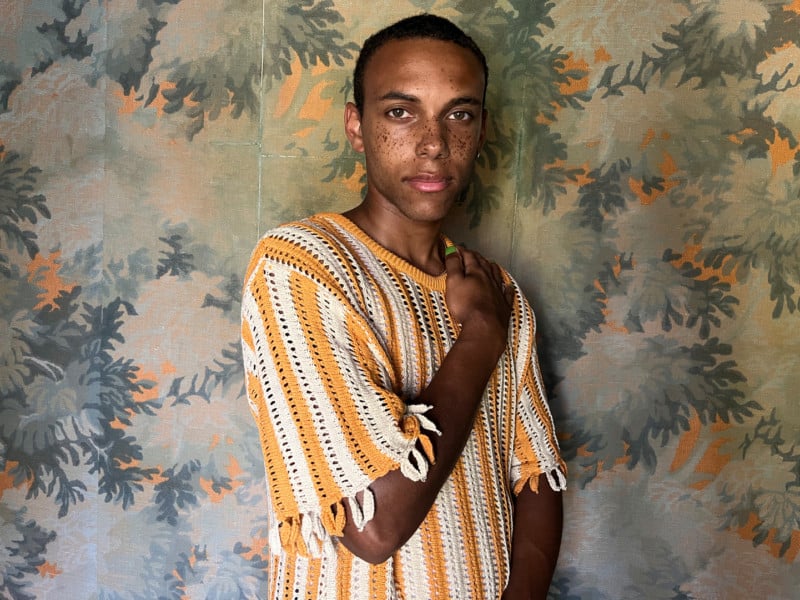Smartphone cameras use technology that has greatly advanced in the last few years. However, they have had a heavy focus on obtaining as much detail as possible which can produce unnatural-looking shots.
The key then is for manufacturers to get away from this type of treatment and try and work towards ones that have better treatment of transitions of light and shadow. Some are already doing this. In his latest video, writer and researcher David Imel has brought to attention some of the parallels shared between the development of styles in painting and the capabilities of smartphone cameras.
Imel explains that in painting, the use of contrast between light and dark to define three-dimensional objects is referred to as “chiaroscuro.” Most famously, Leonardo da Vinci and Caravaggio, both legendary Italian painters, used this method in their works. In comparison to two-dimensional pieces of art, chiaroscuro gives a sense of depth and makes the painting come alive.

This ability to control the properties of the light has played a significant role in the art world since, including photography. This is even more prevalent in black and white photography where the variation between light and dark adds dimension to the image, Imel explains.
Even with HDR technology which allows more detail to be captured from highlights to shadows, smartphones have not been able to replicate the same effect that larger sensors achieve with regard to lighting and color. Large format cameras in particular can capture even the smallest shifts in tone and color, something smartphones struggle to do on even a more basic level.
![]()
Instead, Imel says that the techniques used by many companies in smartphones, like HDR and computational photography, create more unnatural photos because the granular tonality between the highlights and shadows is lost. Instead, users end up with flat images that are overtly sharpened or smoothed out, a prevalent feature in computational imaging.
Fortunately for photographers, the trend to design the thinnest smartphone has slowly begun to revert, giving way to bulkier phones with bigger camera bumps that in turn house larger sensors. As the sensor sizes increase, smartphone images can hold more information that is able to be displayed in a more natural way.

Imel also points out that the recently announced iPhone 13 and iPhone 13 mini are noteworthy for their bigger sensors and the new Photographic Styles. This feature allows users to change the preferences of image capture and applies the adjustments in an intelligent way as opposed to a simple filter. This way, users can capture more natural-looking photos akin to what chiaroscuro represents.
It’s most important for smartphone manufacturers to focus on what makes for a great photo, and that is going to require effort to be put into methods that do for photos what chiaroscuro did for paintings.
More of Imel’s videos can be found on his YouTube channel.
